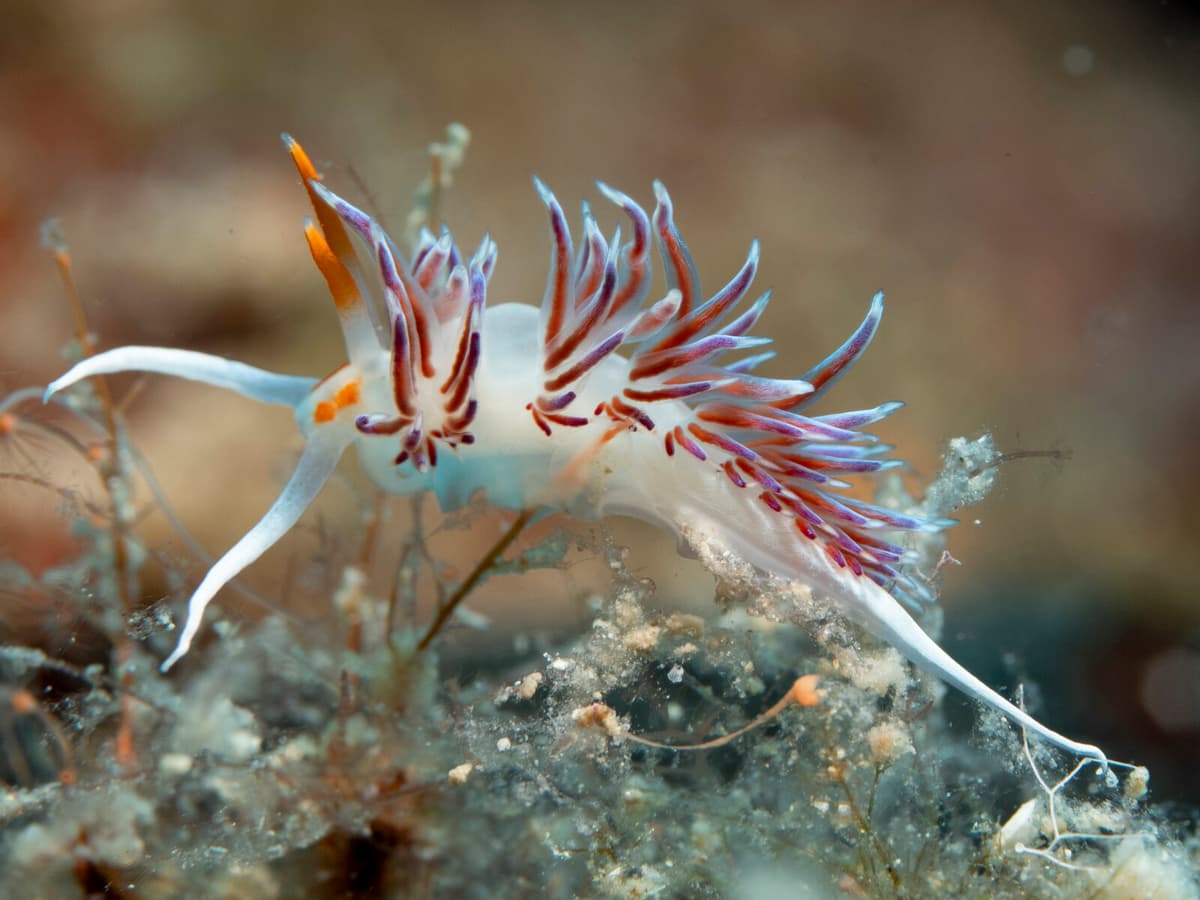It is researchers at Harvard who have discovered that a particular type of sea slug simply steals organellers – the cell's equivalent to organs – from other organisms and incorporates them into its own body.
The sea slug, Elysia crispata, lives in tropical waters in the western Atlantic and the Caribbean Sea. The researchers have seen that it takes organellers that perform photosynthesis from others and stores them inside its own body.
Functions as emergency ration
Since the small parts perform photosynthesis, they can provide the sea slug with nutrients. It functions as an emergency ration in difficult times. Other sea slugs steal organellers that make it possible for them to attack others by stinging or glowing in the dark.
"I think our main wow-feeling was when we understood that the sea slug steals superpowers", says Amy Si-Ying Lee, who researches cell biology and is one of the study authors in a press release.
The sea slugs can also provide clues about crucial parts in evolution, when a cell takes up another cell and makes it a part of itself. Certain important parts in our own cells, such as mitochondria that produce energy, have arisen in this way. But in the case of the sea slug, it happens during a lifetime, according to the study published in the journal Cell.
Small harpoons
It is not just one type of slug that is doing this. In another research project, another genus of sea slugs is being studied that eats sea anemones. They let their toxic parts pass through the digestive system to then assemble them on their own back. The slugs connect the stolen parts to their own nervous system and can then fire them as small harpoons against enemies.





